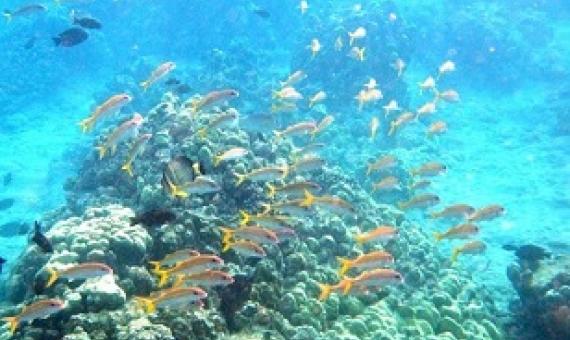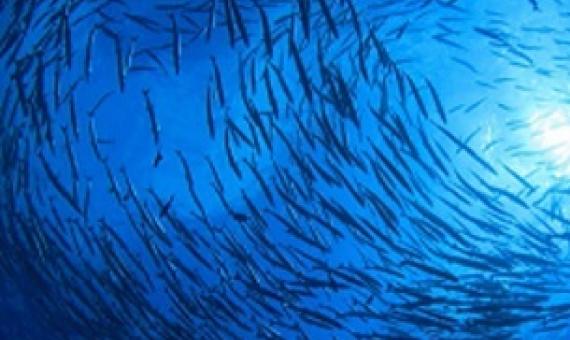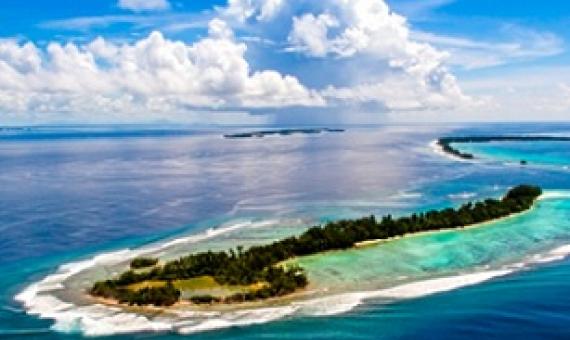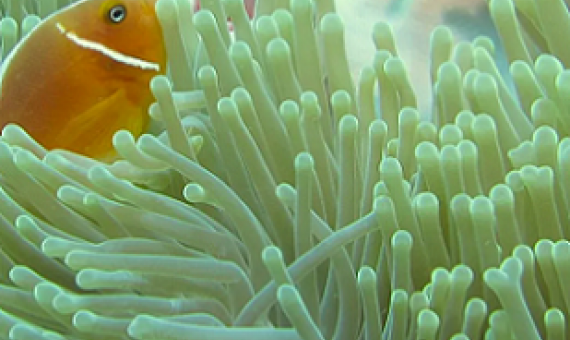The Biden-Harris Administration’s policy, as written in Executive Order 14008, calls for the U.S. to conserve at least 30 percent of U.S. lands and waters by 2030. Ocean and coastal resources in the United States are conserved through a variety of legal authorities and conservation strategies.
To commemorate International Day of Biodiversity, the Ministry of Environment virtually launched a documentary on Fiji’s Biodiversity Hotspots.
Global Fishing Watch has launched an innovative technology portal to help strengthen management of marine protected areas (MPAs) and other effective area-based conservation measures (OECMs).
Bay of Plenty Regional Council has advised that the new Motiti Protection Area comes into effect on 11th August 2021, creating three protection areas around Motiti Island where the taking of all plants and animals (including fish and shellfish) will be prohibited.
What does conservation look like without women? Research demonstrates that conservation efforts are more likely to succeed when women are involved, but in Melanesia, men are traditionally seen as the head of the household and as decision makers, so for years the Arnavon Community M
Alternatives to marine protected areas could help meet global conservation target by 2030.
Contradicting concerns from longline commercial fishing operators in the Pacific region, tuna industry revenue actually increased following the expansion of two large U.S. marine protected areas (MPAs) in the Pacific Ocean, a new analysis shows.
Thousands of sharks have been illegally caught in a Marine Protected Area (MPA) in the Indian Ocean, new research shows. The MPA was created in 2010 around the Chagos Archipelago, also known as the British Indian Ocean Territory (BIOT), banning all fishing there.
For some ocean creatures, infectious disease is growing amid a changing climate. Marine diseases, often caused by parasites, viruses, and injuries, keep making headlines.
A world first study within the Great Barrier Reef Marine Park has found limited fishing zones (yellow zones) are still important conservation and fisheries management tools when paired with no-fishing zones.
















